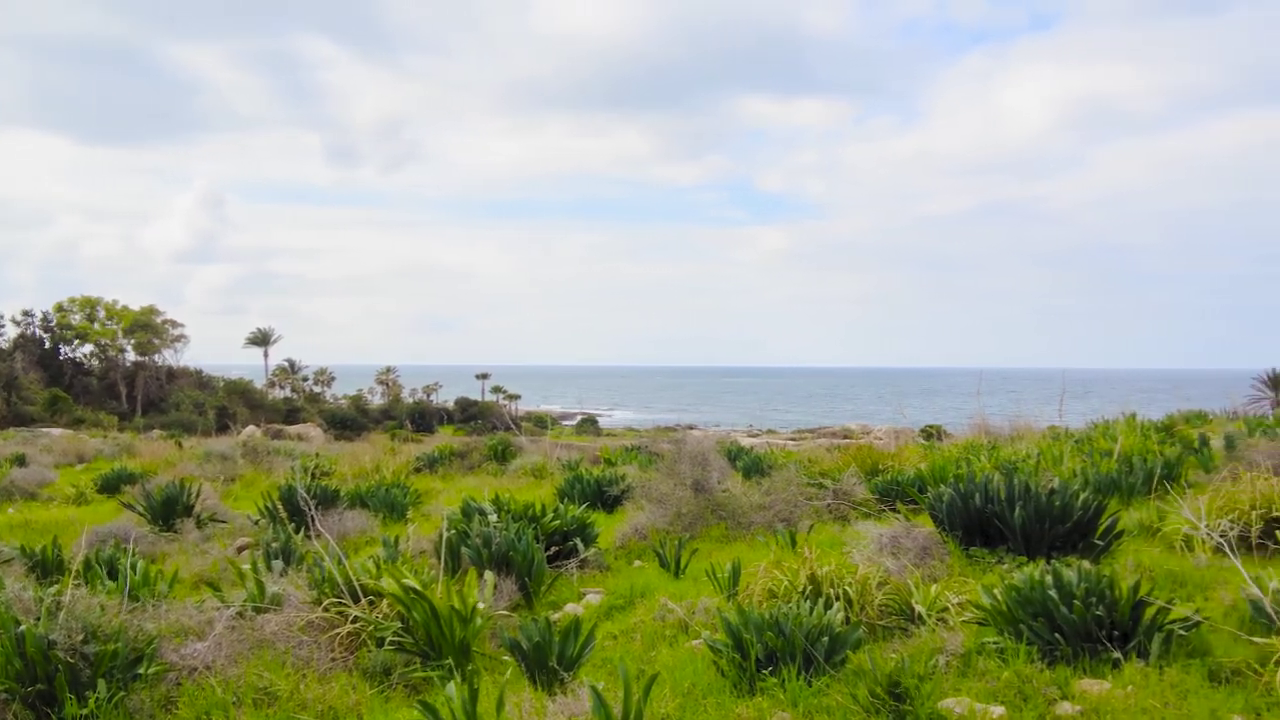- Home
- Paphos Travel Guide
- Kato Paphos Attractions
- Tombs of the Kings
Tombs of The Kings (Paphos, Cyprus)
The Tombs of the Kings (Paphos, Cyprus) are included in the UNESCO World Heritage List and date back to the Hellenistic and Roman periods. The Tombs are part of Kato Paphos Archaeological Park (also known as the Archaeological Site of Nea Paphos).
If you are visiting Paphos for your holiday and you are interested in the history of the island then this Necropolis in Paphos is a must-visit archaeological site.
Why is it important for history enthusiasts to visit this archaeological site?
Because from a Necropolis you can acquire information of the life of the people living in the city…such as their social status and sometimes regarding their professions.
In addition, this Necropolis gives information concerning their daily life in the city, their relations with the outside world, the contacts with other cultures and how the inhabitants of the city were influenced by them.
Furthermore, the way of burial and the offerings accompanying the dead gives information about their religious convictions and their origin.
Click the links below to guide you through the article.
Quick links:
About The Necropolis
The Tombs are burial monuments, they are carved out of solid rock and are included in the most important works of ancient times that have been saved. Also, the Tombs are among the few monuments of Hellenistic architecture that can be seen in Paphos.
Although they are called "The Tombs of the Kings", they were used to bury aristocracy (rich people) and high ranking officials – instead of Kings.
Why this conclusion?
Because at the end of the 4th century BC the kingdoms of Cyprus were abolished, therefore it wasn’t possible to have burials of Cypriot Kings.
Why is it then, called this way ?…why this grand name “The Tombs of the Kings”?
The locality took its name due to the monumental architecture of the tombs; from the size and splendor of the tombs – which some are decorated with Doric pillars.
The total extent of the Necropolis (cemeteries) is very large as it covers the entire region and includes many types of tombs.
Unfortunately, the Necropolis was looted and had been used for many years by troglodytes and quarry workers with the result of severe destructions in the monuments.
Louigi Palma Di Cesnola
Cesnola was of Italian origin. After serving in the civilian war of America, he arrived on the island as the Consul of the United States of America.
Cesnola, an opportunist, looted the Necropolis – and other archaeological sites too – towards the end of the 19th century.
He was charmed by the antiquities and started excavation works but not for the promotion of the antiquities of Cyprus. His aim was to discover treasures that he would later sell.
However, he did not follow the appropriate procedures for the excavation with the result of causing great damage to the monuments.
He neither followed the appropriate procedures for the transportation of the finds resulting to the destruction of many objects.
In addition, Cesnola did not keep a diary of the excavations and neither had he marked the site of origin of each object. Thus, the precise origin of the objects he discovered is unknown. He would dig for treasures without caring for or respecting the ancient culture.
Finally, after a lot of roaming, the antiquities of Cyprus were bought by the United States of America and they were the reason for founding the Metropolitan Museum of New York.
Cesnola took with him 35.573 objects. Today, most of them are exposed in the Metropolitan Museum of New York.
Pictures of The Tombs of The Kings (Paphos, Cyprus)
 Landscape in the Tombs of the Kings, Paphos, Cyprus
Landscape in the Tombs of the Kings, Paphos, Cyprus Landscape in the Tombs of the Kings, Paphos, Cyprus
Landscape in the Tombs of the Kings, Paphos, Cyprus Stairs to the Tombs of the Kings, Paphos, Cyprus
Stairs to the Tombs of the Kings, Paphos, Cyprus The entrance of a Tomb in the Archaeological Site of Paphos
The entrance of a Tomb in the Archaeological Site of Paphos Tombs of the Kings, Paphos, Cyprus
Tombs of the Kings, Paphos, Cyprus Tombs of the Kings, Paphos, Cyprus
Tombs of the Kings, Paphos, Cyprus Tombs of the Kings, Paphos, Cyprus
Tombs of the Kings, Paphos, Cyprus Tombs of the Kings, Paphos, Cyprus
Tombs of the Kings, Paphos, Cyprus Tombs of the Kings, Paphos, Cyprus
Tombs of the Kings, Paphos, Cyprus Tombs of the Kings, Paphos, Cyprus
Tombs of the Kings, Paphos, Cyprus Tombs of the Kings, Paphos, Cyprus
Tombs of the Kings, Paphos, Cyprus Tombs of the Kings, Paphos, Cyprus
Tombs of the Kings, Paphos, Cyprus…And that wraps up our article on the Tombs of the Kings (Paphos, Cyprus). We hope you have a great holiday here on our island! Enjoy